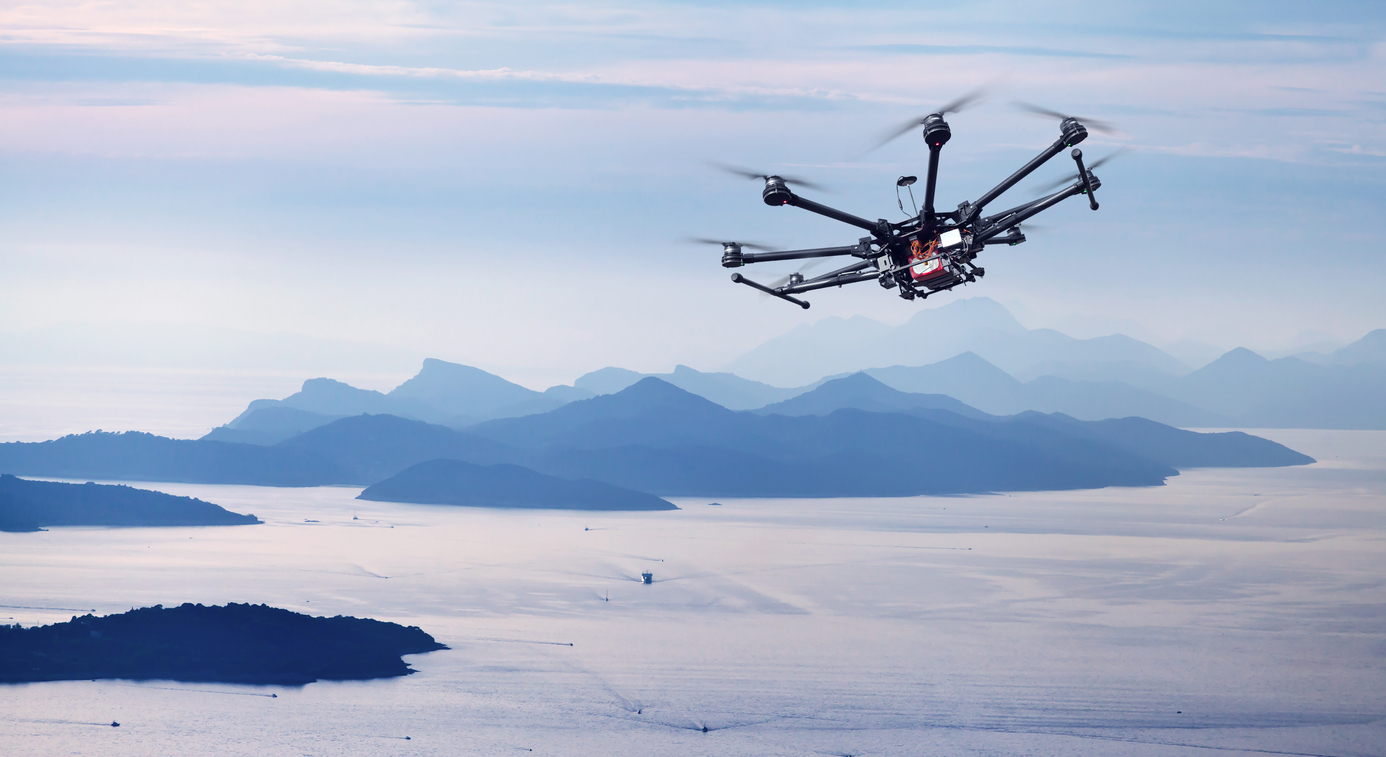
In 2016, use of unmanned aerial drones by public agencies soared. Currently, there are at least 347 agencies across 43 states that are flying drones for a variety of purposes. Texas and California lead the way in terms of public safety acquisitions, with 28 and 23, respectively.
This rapid rise in the adoption of drones in public agencies comes at a time of steadily improving vision system technology. As vision systems become more advanced, the potential number of drone applications expands.
Current Drone Applications in Public Agencies
There are a number of applications in which drones are being utilized today. New vision system cameras enable drone use in rugged, dangerous and/or low visibility environments.
Law enforcement agencies use drones for traffic management and crime-scene photography to see from angles they never could before. Drones are also being used by various agencies in emergency response situations such as search and rescue operations, hazardous material spills and mass evacuations.
Fire departments use drones to monitor fires from a distance, and track fire personnel in dangerous situations. They can use infrared imaging systems to identify pockets of heat in the later stages of a fire that could potentially reignite.
All of these applications are new to public agencies across the country. And while they perform duties that were previously impossible, vision and drone technology is still rapidly advancing.
The Future of Vision-Guided Drones
Current drone applications in public agencies all have one thing in common: they require a human controller. Advanced vision system technology is quickly leading to a future of autonomous drones, which further expands potential drone applications.
Ricoh, a world-renowned maker of vision products, has developed an autonomous drone using a Ricoh SV-M-S1 stereo camera for high-speed 3D measurement. This drone has been innovative due to its ability to fly autonomously indoors, under bridges and in tunnels – places where GPS-guided drones would crash or lose their autonomy. This major leap in autonomous ability was enabled by the advanced 3D vision system that Ricoh created.
Vision-guided drones, enabled by innovative vision systems, will bring a future of autonomous drones with capabilities that were never possible before.
To learn more about innovative Ricoh products, browse a large selection of Ricoh camera lenses.
